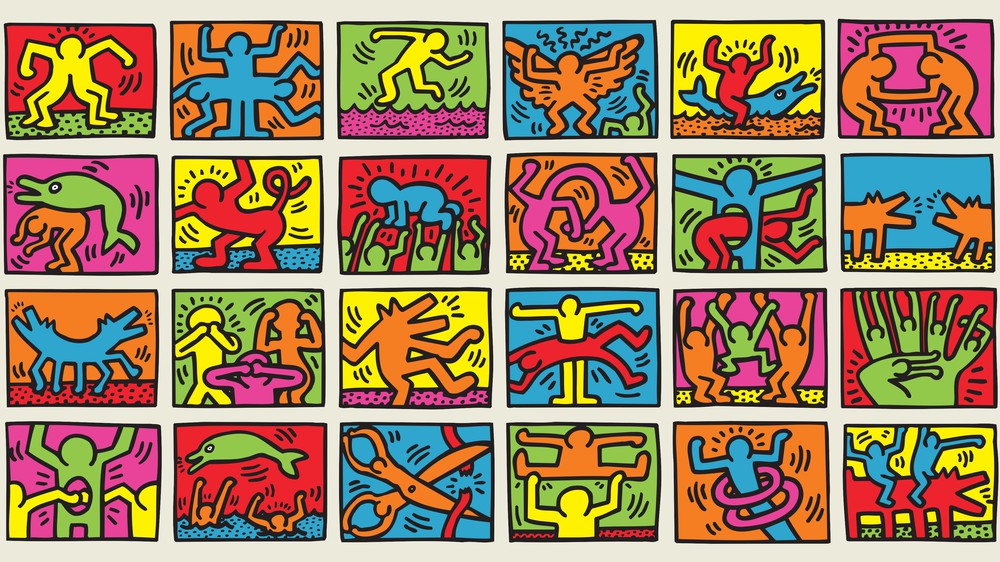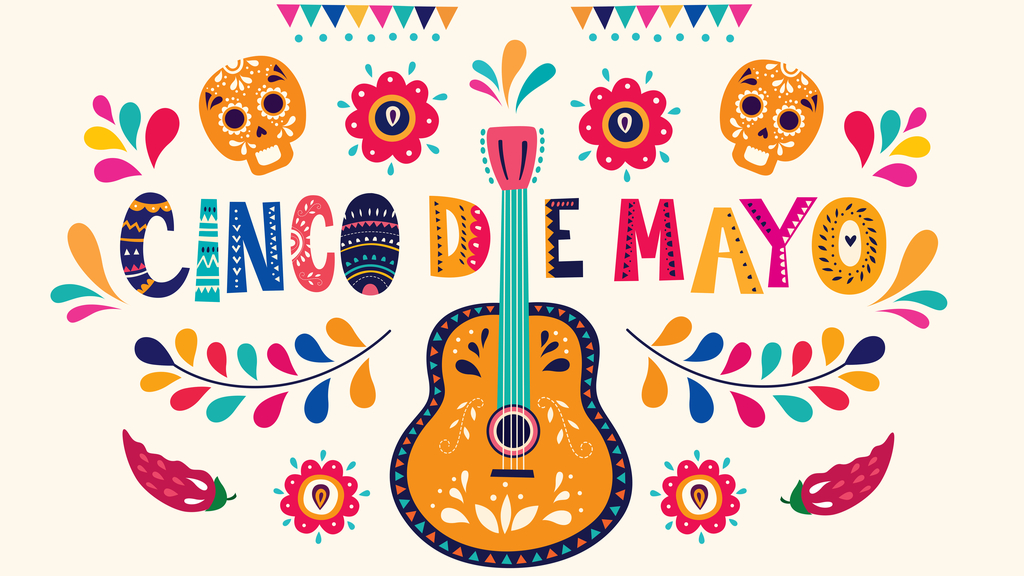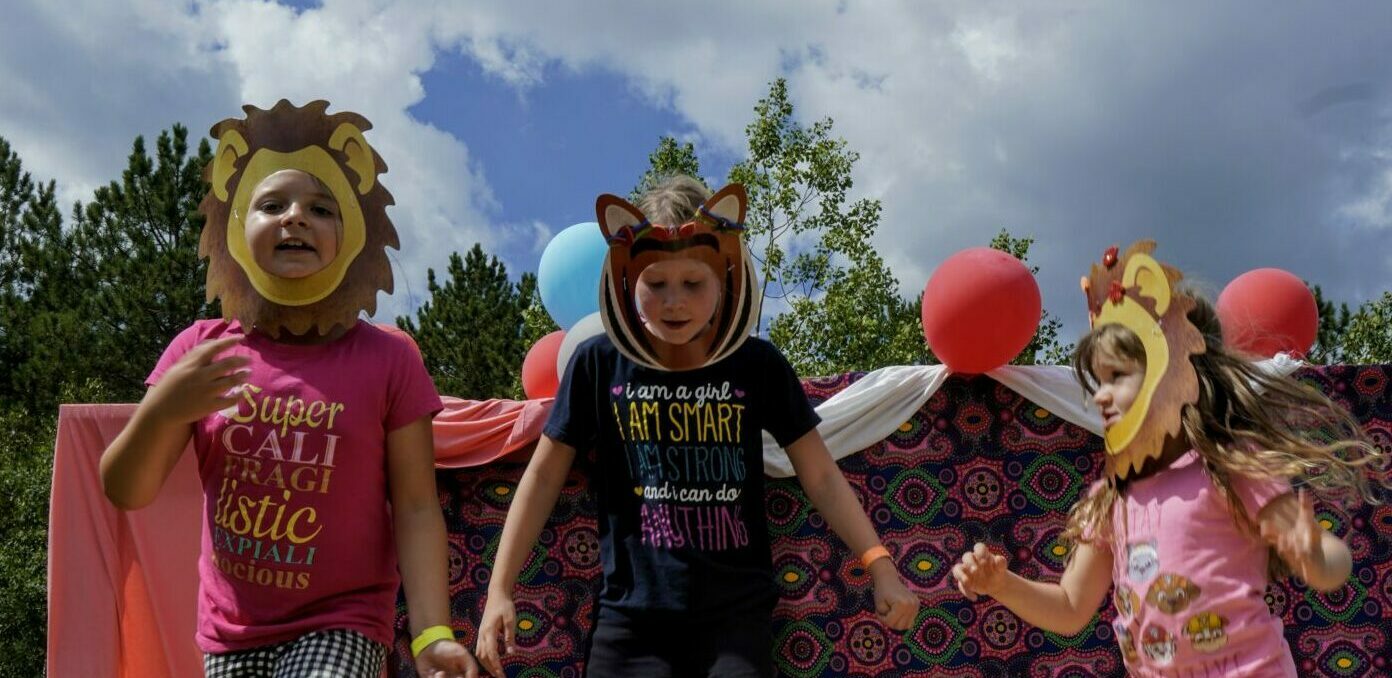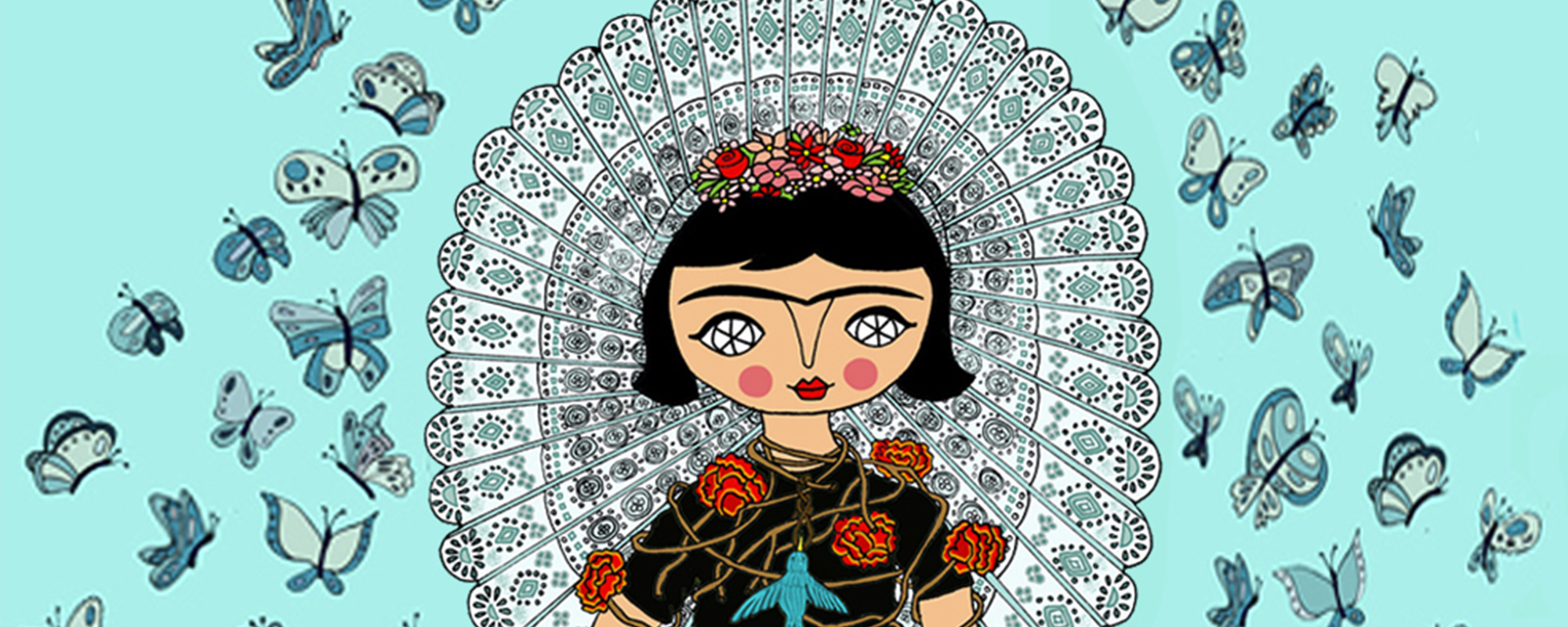Hula-hooping is a game of skill which involves rhythmically rotating a hoop around the waist, but also around other parts of the body such as the wrists and legs. This sporting and artistic practice is beneficial for your health, it is practiced everywhere and it is very inexpensive! Hula-hooping has become a popular activity for the little ones at the playground and for older people as well, in their homes or in groups!
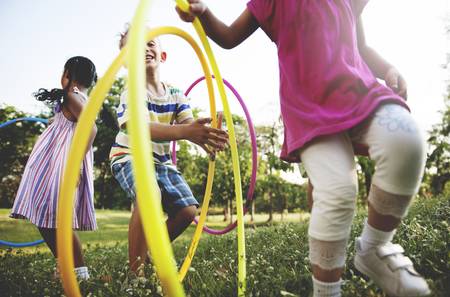
Step 1 : Choosing your hula-hoop
You may already have one of these famous hoops at home. Otherwise, it can be found inexpensively in most big box stores. The larger the circumference of the hoop (between 90 and 110 cm in diameter) and the heavier it is (between 800 g and 1 kg), the easier it will be to rotate it around your waist.
The ideal size is about the height of your belly-button. For more details on how to choose your hula-hoop, you can consult this video or read this article.
For those creative souls who might want to take the time to build a hula-hoop themselves, consult this video or read this article.

Step 2 : Get your hoop on!
The basis of the hula-hoop is to rotate a hoop around your waist. This is family fun time! Try playing music and spinning the hula at a specific rate. You can also give yourselves challenges for example who can manage to spin the hoop as longest.
That being said, it is important to focus on the simple enjoyment of the game and not on competition.
To truly appreciate the activity, here is a good video demonstrating special moves for children (and many more video here here).
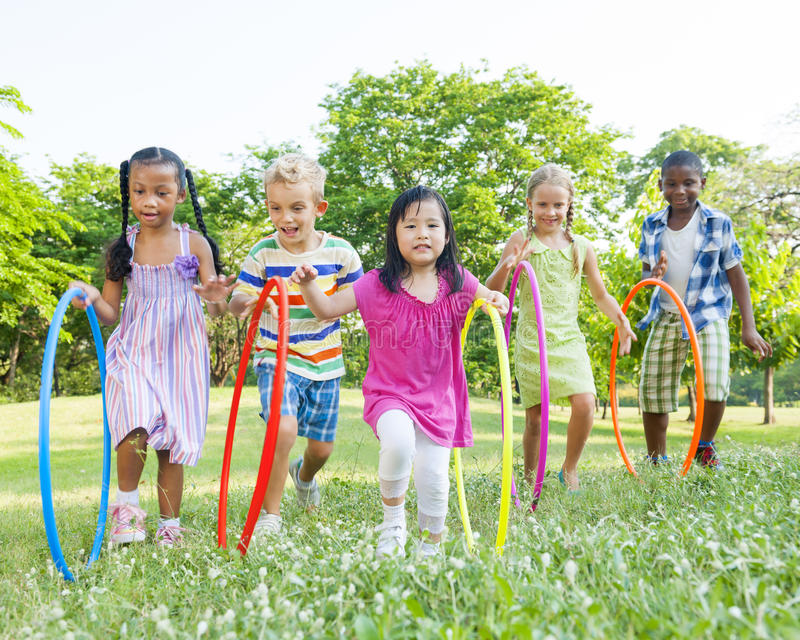
Step 3 : Other activities with the hula-hoop
Another fun idea is to use your hoops to replace the chairs in this variation of the musical chair. You must put one hoop less than the number of players (Go parents! Participate!). Play music and when it stops, players need to find a hoop. To avoid eliminating players, there may be more than one in a hoop. We remove a hoop each turn.
The hula-hoop has more than one string to its bow. Let your creativity go and the hoop becomes a real dance accessory allowing you to create impressive dance figures that also mobilize the legs and arms.
Remember that the hula-hoop can be easily transported anywhere. How about a picnic at the beach? Or a weekend at camp? The precious hoop will no doubt entertain your children in different places. Also, this activity is a great way to decompress, reduce stress, or clear out negative emotions. After a bad day, have a family hula-hoop session while you let yourself go to the sound of your favorite tunes!
Diary
In today’s diary, the children can document the day’s activity. For example, by describing the hula-hoop session or by drawing the family members doing the activity. The possibilities are endless!
If your child is documenting alone, you are invited to ask him or her questions to feed and improve the journal entry. Here are some questions you can ask:
- What would make the activity even more fun?
- What music would you like to hear next time for your hula-hoop session?
- Was it difficult to keep the hoop spinning?
Did you know…
- … Spinning a hoop around one’s waist is not child’s play! To keep it in rotation, you have to mobilize different parts of your body: belly, back and pelvis. By practicing at least 10 minutes a day, at least 100 calories are burned and the hula-hoop works the waist and hips, strengthens the abdomen and lower back, softens the pelvis and improves your coordination.
- … The hula-hoop has very ancient origins. It first appeared in ancient Egypt, over 3000 years ago. At the time, it was made from wood or solid herbs, far from the new plastic materials of today! Subsequently many children of the world have had fun with hula hoops throughout the ages .
- … The word “Hula” refers to a Polynesian dance which is mostly undulations. The term hoop is self-explanatory.
To find out more about the Hula-hoop, here is an article on the beautiful history of this sport.
Activity by Matante Claudette.


